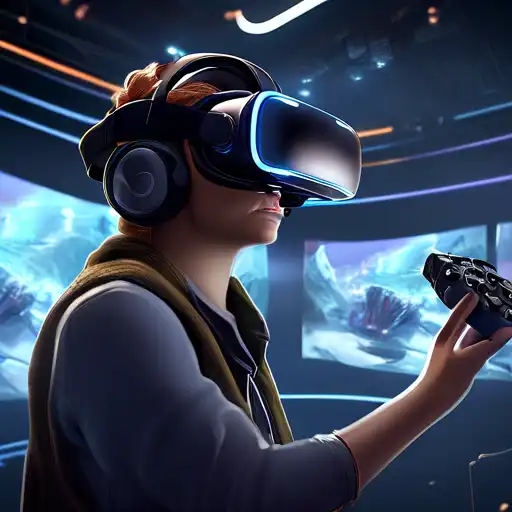Understanding the Complexities of VR Content Development
Virtual Reality (VR) has emerged as a groundbreaking technology, offering immersive experiences that were once the stuff of science fiction. However, developing content for VR presents a unique set of challenges that creators must navigate to deliver compelling and engaging experiences.
Technical Limitations and Hardware Diversity
One of the primary hurdles in VR content creation is the technical limitations and the diversity of hardware. Developers must ensure their content is compatible across a range of devices, each with its own specifications and capabilities. This requires extensive testing and optimization to provide a seamless experience for all users.
High Development Costs
Creating VR content is often more expensive than traditional media due to the need for specialized software, hardware, and skills. The cost of VR development tools and the time required to create high-quality 3D environments can be prohibitive for smaller teams or independent creators.
User Experience and Motion Sickness
Designing for VR also means paying close attention to user experience (UX) to avoid issues like motion sickness. This involves careful consideration of movement mechanics, frame rates, and interaction design to ensure comfort and immersion.
Content Length and Engagement
Another challenge is determining the optimal length and type of content that keeps users engaged without causing fatigue. Unlike traditional media, VR experiences require active participation, which can be taxing over extended periods.
Strategies for Overcoming VR Development Challenges
Despite these challenges, there are strategies that developers can employ to streamline the VR content creation process and enhance the final product.
Leveraging Cross-Platform Development Tools
Utilizing cross-platform development tools can help mitigate the issue of hardware diversity. These tools allow creators to build once and deploy across multiple platforms, saving time and resources.
Focusing on User-Centered Design
Adopting a user-centered design approach is crucial for minimizing motion sickness and improving overall UX. This involves iterative testing with real users to refine interactions and movement within the VR environment.
Exploring New Monetization Models
To offset high development costs, creators can explore innovative monetization models such as subscriptions, in-app purchases, or partnerships with hardware manufacturers.
Creating Shorter, High-Impact Experiences
Given the challenges of user fatigue, developing shorter, high-impact VR experiences can be more effective than lengthy ones. This approach can also help in retaining user interest and encouraging repeat engagement.
In conclusion, while developing VR content comes with its set of challenges, understanding and addressing these hurdles can lead to the creation of immersive and memorable experiences. As the technology evolves, so too will the tools and techniques for overcoming these obstacles, paving the way for a new era of digital storytelling.
